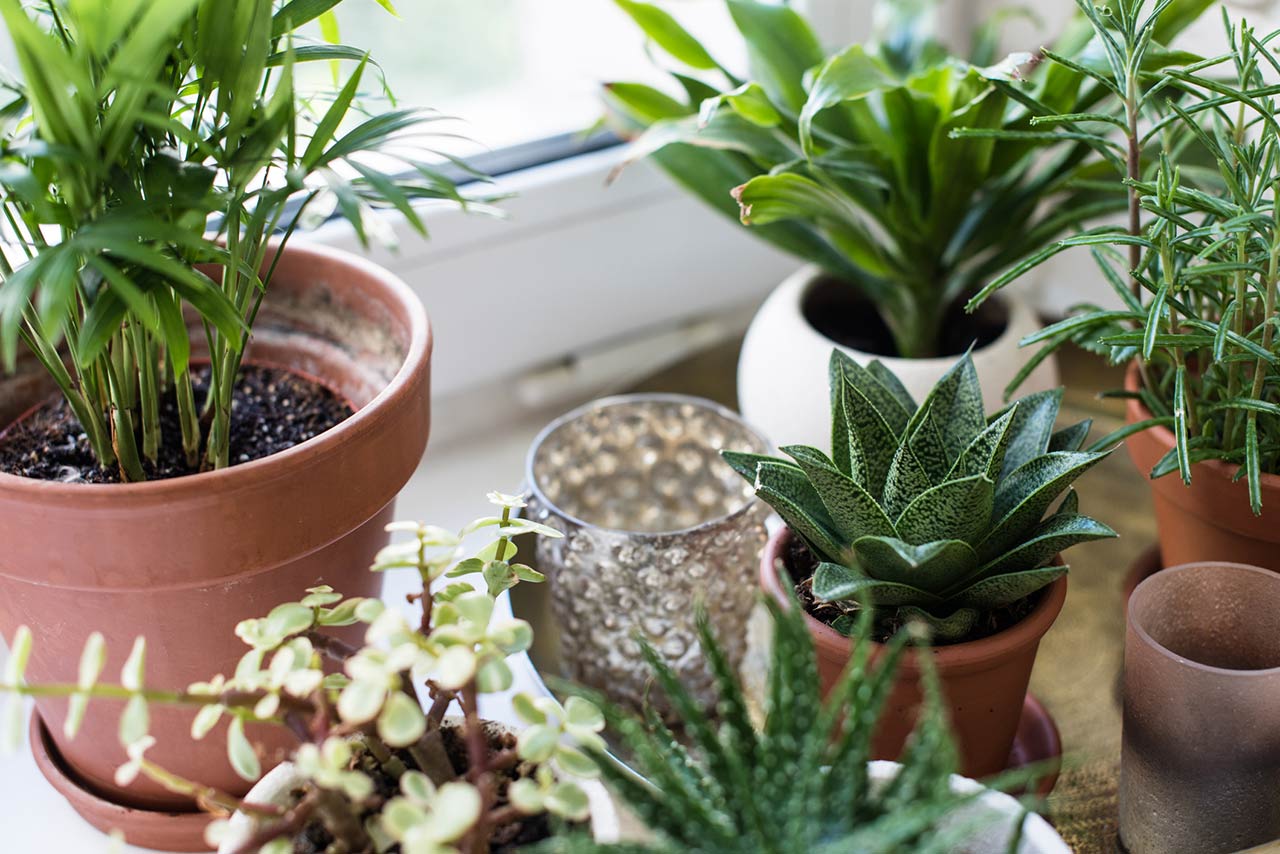How to Care for Your Houseplants During the Winter Months

Houseplants bring life and vibrancy to our indoor spaces, but during the winter months, caring for them requires special attention. The drop in temperature, reduced sunlight, and dry indoor air can pose challenges to the well-being of our botanical companions. In this guide, we will explore essential tips and strategies to help you nurture your houseplants through the winter season, ensuring they thrive and flourish despite the seasonal changes.
Adjusting Light and Temperature Levels
Assessing Light Conditions in Winter
Winter can be tough on houseplants, with shorter daylight hours and weaker sunlight. Evaluate your plant’s current light exposure to see if any adjustments are needed.
Positioning Plants for Optimal Sunlight
Move your plants closer to windows or invest in grow lights to provide sufficient light during the darker winter months. Rotate plants regularly to ensure even growth.
Managing Watering and Humidity
Adjusting Watering Frequency
Plants tend to need less water in the winter due to slower growth rates and reduced evaporation. Check the soil moisture before watering to prevent overwatering.
Monitoring Indoor Humidity Levels
Central heating can lead to dry indoor air, which can be detrimental to plants. Increase humidity by misting plants, using a humidifier, or placing plants on a pebble tray with water.
Pruning and Maintenance Tasks
Trimming Dead or Yellowing Leaves
Remove any dead or yellowing leaves to encourage new growth and prevent the spread of disease. Prune leggy growth to maintain a compact shape.
Checking for Overcrowding and Repotting Needs
Inspect your plants for overcrowded roots or signs of being root-bound. Repot if necessary to provide fresh nutrients and space for healthy growth.
Protecting Plants from Drafts and Cold
Positioning Away from Drafty Areas
Drafts can shock plants and hinder their growth. Keep plants away from cold windows, doors, and vents to protect them from temperature fluctuations.
Insulating Plants during Cold Snaps
During extreme cold snaps, consider moving sensitive plants to a warmer location or covering them with a plant blanket or cloth to shield them from the cold. Monitor temperatures regularly to prevent frost damage.
Monitoring for Pests and Diseases
Recognizing Common Winter Pests
During winter, pesky critters like spider mites and mealybugs can cozy up to your houseplants. Keep an eye out for any signs of these unwanted guests making themselves at home.
Preventative Measures and Treatment Options
To combat these freeloaders, try a simple insecticidal soap spray or a neem oil solution. Quarantine any infested plants to prevent the spread of bugs, and show them the door with a gentle wipe down or shower.
Choosing the Right Potting Mix
Understanding the Importance of Proper Soil Composition
The right potting mix can make or break your plant’s winter hibernation. Opt for a well-draining mix that will keep your green pals cozy without letting their roots turn into a soggy mess.
Selecting Well-Draining Mixes for Winter Care
Look for mixes labeled specifically for succulents or cacti if you have them in your indoor garden. These blends are like the Lululemon leggings of soil—breathable and moisture-wicking!
Providing Proper Nutrients and Fertilization
Adjusting Fertilizer Regimen for Winter Growth
In the winter months, your plants are basically in hibernation mode, so ease up on the fertilizer. They don’t need as much food during this time, so go easy on the buffet line!
Choosing Organic vs. Synthetic Fertilizers
When it comes to fertilizer, some plants are all about that organic lifestyle while others are more chill with synthetic options. Know your plant’s preferences to keep them happy and thriving.
Tips for Reviving Stressed or Dormant Plants
Reviving Overwatered or Underwatered Plants
If your plant is feeling a bit crispy or waterlogged, adjust your watering schedule accordingly. Give them a little TLC, and they’ll perk up in no time.
Encouraging Growth in Dormant Plants
For plants that are hitting the snooze button on growth, introduce some gentle sunlight, keep the temperature comfy, and maybe even whisper some words of encouragement. They’ll stretch and yawn back to life soon enough!
Bottom-line
Remember to observe your plants closely, adjust their care as needed, and enjoy the beauty they bring to your home year-round. With a little extra effort and attention, your houseplants will continue to thrive and brighten up your living space even in the coldest of months.